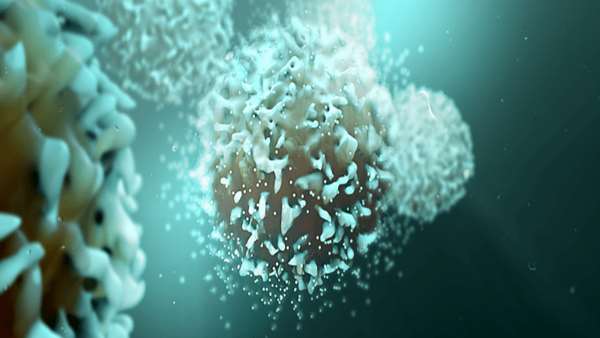Effectiveness of CAR-T therapy could be indicated by presence of stem cell memory T cells
Having studied the effectiveness of CAR-T therapies in children with leukemia, researchers and clinicians at University College London (UCL) and Great Ormond Street Hospital (both London, UK) have discovered a subset of T cells that are likely to contribute to the success of the treatment.
Having studied the effectiveness of CAR-T therapies in children with leukemia, researchers and clinicians at University College London (UCL) and Great Ormond Street Hospital (both London, UK) have discovered a subset of T cells that are likely to contribute to the success of the treatment. The study has been published in Nature Cancer.
“During clinical trials we have seen some very encouraging results in young patients with leukemia, however it’s still not clear why CAR T-cells continue to be present in the long-term for some patients, stopping the cancer from returning, while others remain at a high risk of relapse,” reported lead author Luca Biasco (UCL Great Ormond Street Institute of Child Health). “To ensure that a leukemia treatment works any CAR T-cell therapy must have a prolonged effect on the way that the body recognizes and removes cancer cells. In this study we tried to find the origin and nature of the T-cells that control these long-term responses.”
In CAR-T therapy, chimeric antigen receptors (CAR) on the surface of T cells can specifically recognize cancerous cells. To investigate the factors underlying the variance in success of CAR-T therapy in leukemia, the researchers assessed the CAR-T cells of patients involved in the PARPALL Phase I study, which used a novel CAR molecule termed CAT-19 developed by the UCL Cancer Institute in collaboration with UCL Great Ormond Street Institute of Child Health, for treatment in children with acute lymphoblastic leukemia.
Using a technique called ‘insertion site barcoding’, the team compared the fate of CAR-T cells after treatment between patients with CAR-T cells detectable in their blood more than 2 years post treatment, and those who had lost their CAR-T cells up to 2 months after treatment.
“Using this barcoding technique, we were able to see ‘stem cell memory T-cells’ play a central role both during the early anti-leukemic response and in later immune surveillance, where the body recognizes and destroys cancer cells,” explained corresponding author, Persis Amrolia (UCL Great Ormond Street Institute of Child Health). “This suggests that this small sub-group of T-cells are critical to the long-term success of the therapy.”
This study suggests that clinicians could measure the types of CAR-T cells present after leukemia treatment to discern the likelihood of preserving CAR-T cells and avoiding relapse, and perhaps whether they may benefit from a stem cell transplant as a secondary intervention.




ارسال به دوستان